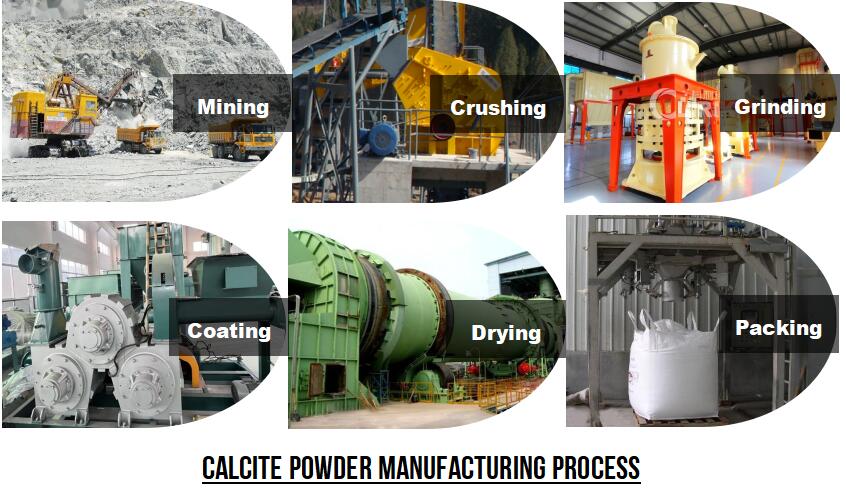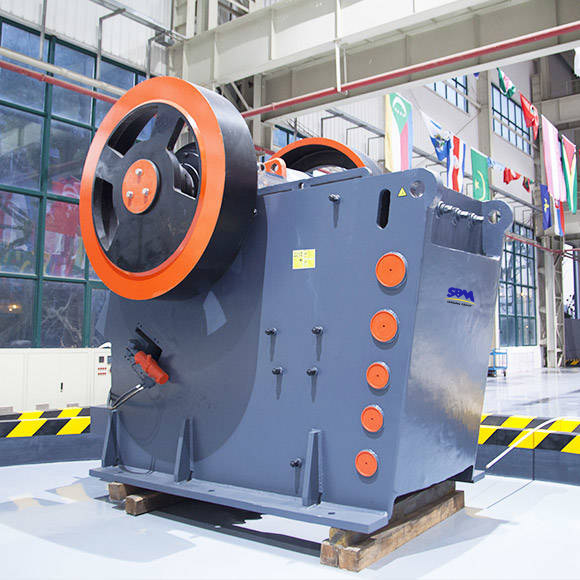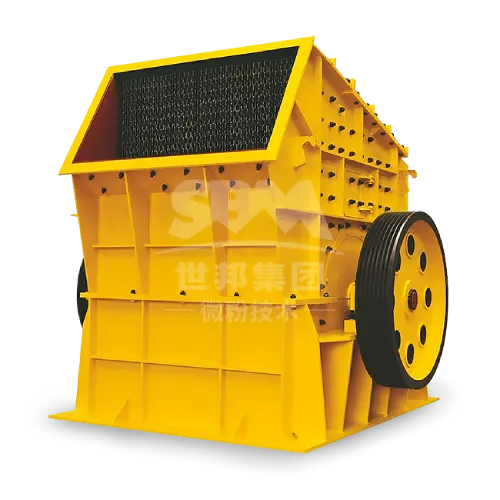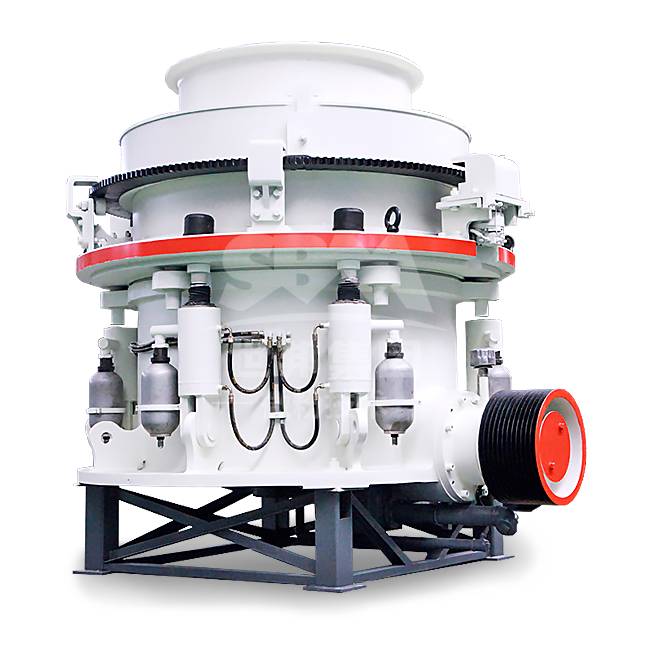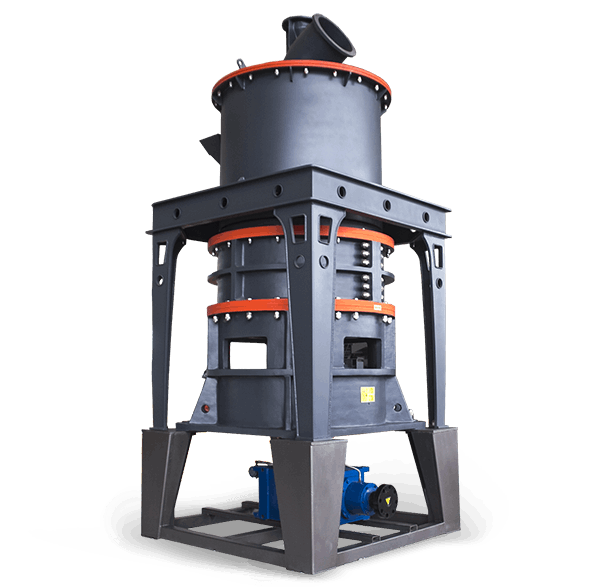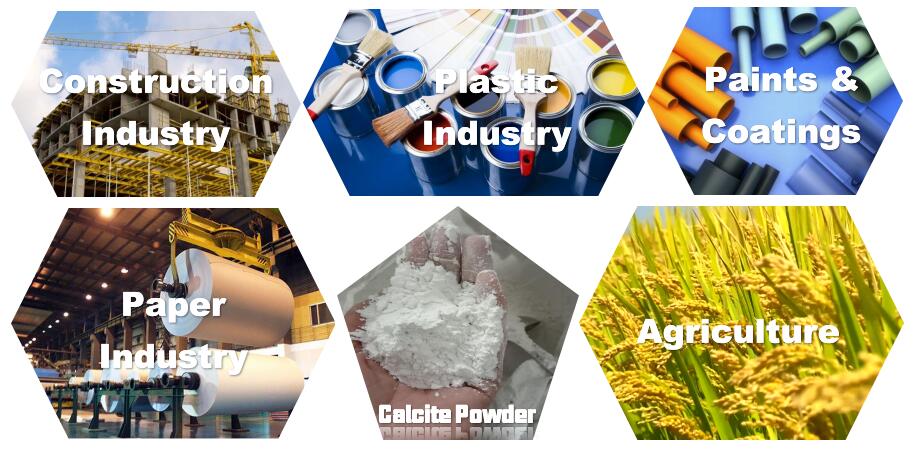The manufacturing process of calcite powder typically involves several stages, from extraction to processing and packaging.
Jaw Crusher-Primary Crusher
Process:
- Feeding: Large chunks of calcite, as extracted from the mines, are fed into the jaw crusher.
- Action: The jaw crusher consists of two jaws, one fixed and the other moving. The moving jaw exerts a compressive force on the calcite, breaking it into smaller pieces.
- Output: The output from the jaw crusher is in the range of 6 to 10 inches (150 to 250 mm).
Impact Crusher-Secondary Crusher
Process:
- Feeding: The material from the primary crusher is conveyed to the impact crusher.
- Action: Use high-speed impact to break the material. Calcite is fed into the crusher, where it is struck by fast-moving hammers or blow bars, and then thrown against impact plates.
- Output: The material is typically reduced to sizes between 0-200 mm.
- Feed size: 350 mm
- Capacity: 50-260 t/h
Cone Crusher-Secondary Crusher
Process:
- Feeding: The material from the primary crusher is conveyed to the cone crusher.
- Action: Use compression to crush the calcite. The material is crushed between a rotating cone and a fixed outer wall.
- Output: The material is typically reduced to sizes between 3-100mm.
- Feed size: <300mm
- Capacity: 27-1400t/h
HGM Ultrafine Grinding Mill
- Feed size: <25 mm
- Output: 150~3000 meshes
- Capacity: 0.5-45 t/hT/H
- Applicable materials: non-inflammable non-explosive and brittle materials with Moh’s hardness under 6, such as calcite, chalk, limestone, dolomite, kaolin, bentonite, talc, mica, magnesite, illite, pyrophyllite, fly ash, etc.
- Features: High safety and reliability. Easy to operate Energy efficient Environmental protection and pollution-free
Raymond Roller Grinding Mill
- Feed size: <35 mm
- Output: 80-600 mesh
- Capacity: 1-28 T/H
- Applicable materials: Quartz, feldspar, calcite, limestone, talc, marble, granite, dolomite, bauxite, iron ore, phosphate rock, ceramics, slag, barite, bentonite, coal gangue, coal, etc. materials.
- Features: The grinding force is large, large amount of shovels, high classification accuracy, double cyclone collector, etc.
Calcite Powder Surface Coating Machine
- CLG powder surface modification machine has a unique design of the inner cavity of the modification machine, which has both modification and depolymerization functions.
- Capacity: 40-7000 kg/h
- Applicable materials: Heavy/light calcium carbonate, kaolin, talcum, wollastonite, mica, white carbon black, zinc oxide, alumina, silicon powder…
- Features: Continuous operation, large capacity, both modification and dispersion functions, no pollution, simple operation
By following these steps, manufacturers can produce high-quality calcite powder suitable for various industrial applications.
